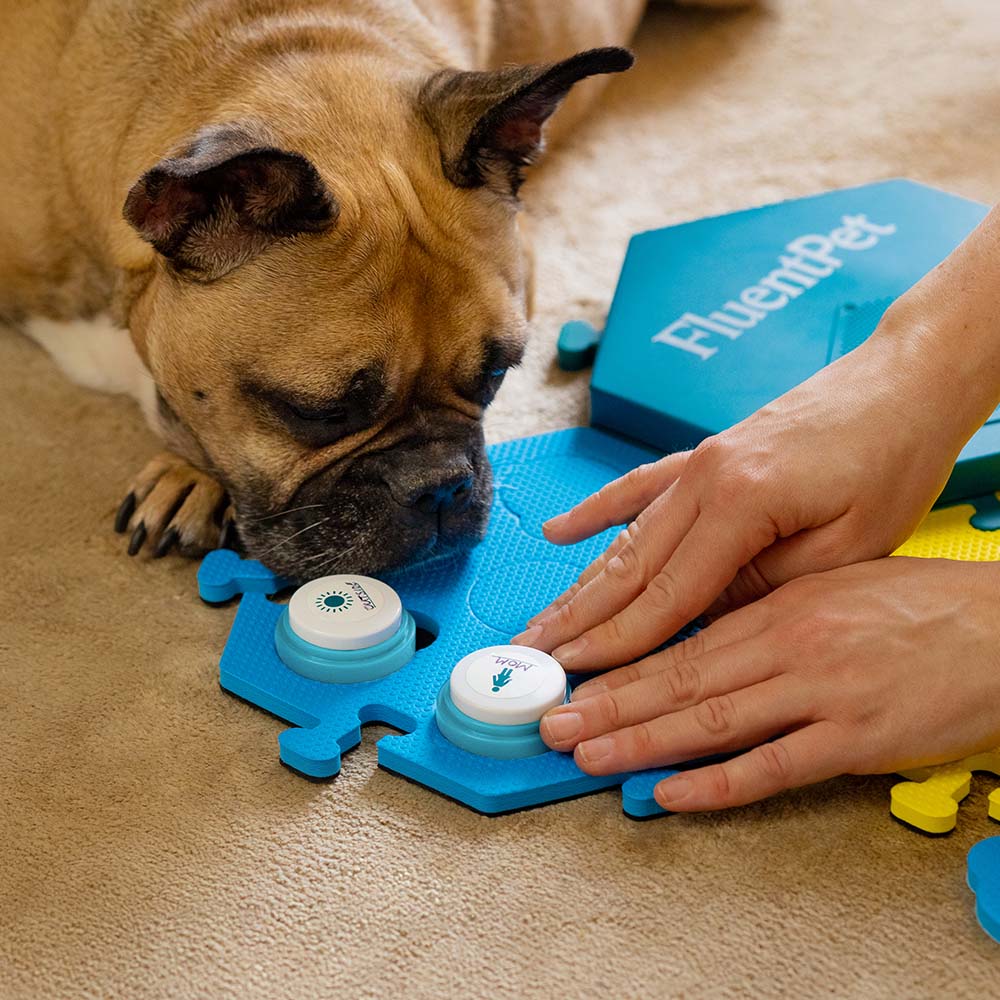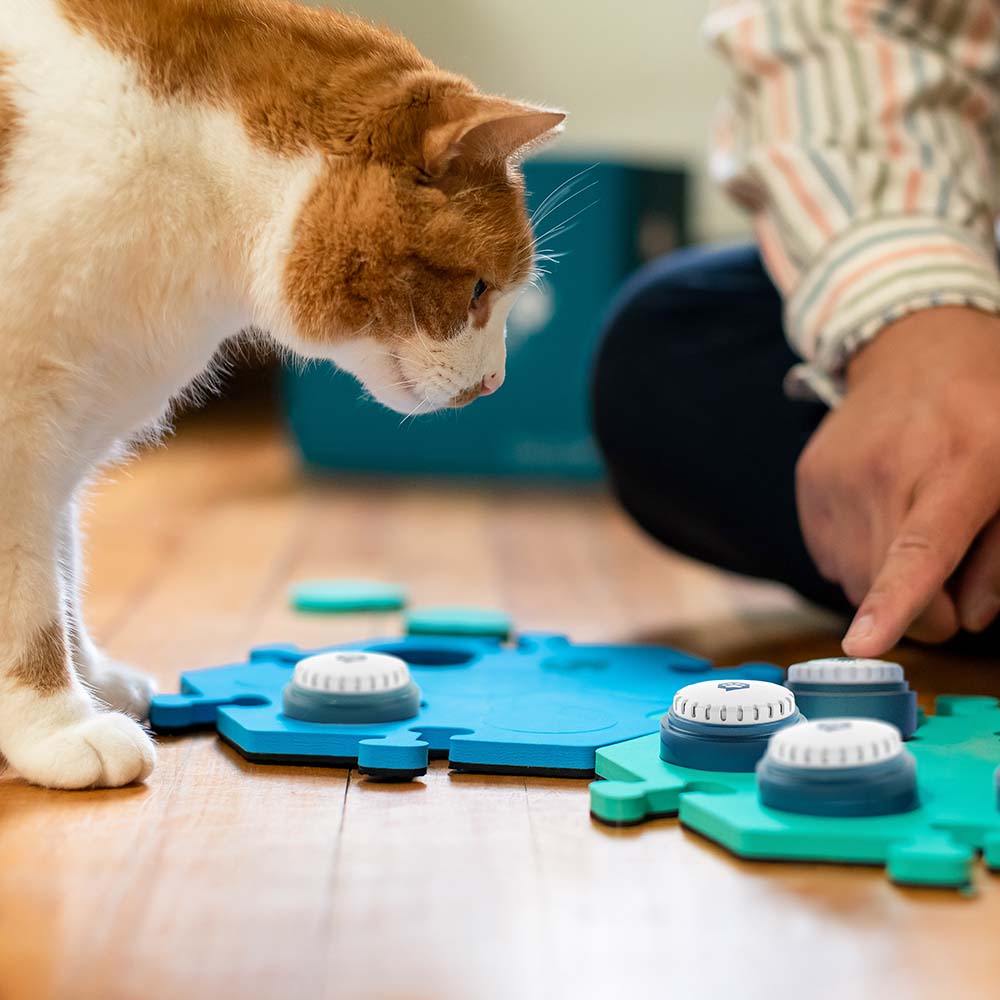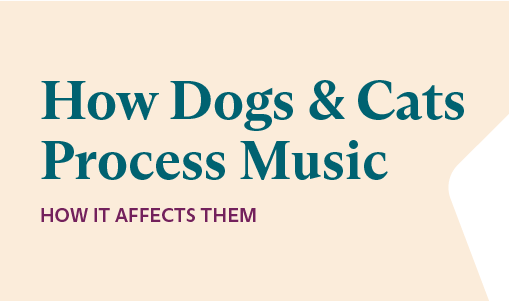por Courtney Sexton
No me describiría como especialmente atlética. Me encanta esquiar cuando el tiempo y el tiempo lo permiten, disfruto pedaleando en una bicicleta playera y practico yoga de forma intermitente, pero debido a mi afección cardíaca, mi nivel de actividad física es algo limitado. Afortunadamente, entre las muchas otras alegrías y beneficios de vivir con un compañero canino, mi amigo Sonder se asegura de que ambos hagamos una buena dosis de ejercicio diario. Nos encantan los paseos por senderos y las caminatas de bajo impacto, y tener un sabueso a mi lado me hace sentir segura al hacerlo. Aun así, no siempre puedo seguir el ritmo de Sonder en cuanto a su nivel atlético, así que con los años he encontrado maneras creativas de asegurarme de que reciba el entrenamiento físico que necesita como perro con mucha energía, lo que me ha llevado al mundo de los deportes caninos.
¿Qué deporte es adecuado para usted y su perro?
Puede que no haya tantos deportes disponibles para los perros como para los humanos, pero las opciones son definitivamente numerosas. Y con razón. Al igual que con las personas, diferentes perros son más adecuados e inclinados hacia diferentes actividades. Esto se relaciona en parte con los trabajos y tareas para los que ciertos perros fueron criados originalmente, lo que aún puede influir en su funcionamiento cardiovascular, neuronal y muscular subyacente (Kim et al. 2018) . Algunos están hechos para correr largas distancias, mientras que otros prefieren el sprint. A algunos perros les gustan los deportes de equipo, mientras que otros prefieren afrontar un desafío atlético en solitario o con un solo compañero. Considerar la personalidad y las capacidades físicas de su perro (¡y las suyas propias!) puede ayudarlos a elegir qué deportes populares podrían estar motivados a probar (Farrell et al. 2015) .
Agilidad : Con la guía de su compañero humano, los perros de agilidad recorren una pista de obstáculos que pone a prueba diversos componentes de atletismo y aprendizaje cognitivo. Saltan vallas, atraviesan aros y túneles, caminan por vigas de equilibrio y balancines, serpentean entre postes y mucho más, con el objetivo de completar la pista con la mayor precisión y velocidad posibles.
Rally : El Rally es un deporte que pone a prueba la atención, la orientación espacial y el control inhibitorio (tanto para personas como para perros). Trabajando codo con codo con su guía, los perros deben seguir una ruta que incluye pasos específicos, sentarse, girar, detenerse y otras señales visuales específicas del recorrido.
Flyball : Una opción emocionante para perros que aman las pelotas y correr, o que generalmente tienen un fuerte instinto de presa, el flyball puede ser muy satisfactorio. En equipos de cuatro, los perros corren vallas, recuperan una pelota sujeta a una tabla o pared al final del sprint y luego regresan al punto de partida, donde el siguiente miembro del equipo toma el relevo.
Prueba de Campo : Trabajando en parejas o en solitario, los perros de prueba de campo cubren un amplio terreno. Estos perros deportivos, especialmente entrenados, aprenden a encontrar el rastro de las aves de caza escondidas entre hectáreas de terreno y deben ejercer un gran control para guiarlas sin intentar espantarlas ni hacerlas volar hasta que su dueño llegue al lugar.
Baile competitivo : Combinando arte, aprendizaje atento e intensidad física, el estilo libre musical competitivo, o " baile canino ", es una forma única para que tú y tu perro se ejerciten mientras se expresan creativamente. Solo asegúrate de que tu cachorro no tenga cuatro patas izquierdas.
Enriquecimiento físico y mental
Lo mejor de los deportes caninos es que nosotros, como sus compañeros, podemos jugar con ellos. El trabajo en equipo que exigen, independientemente de la actividad física que deba o no realizar el humano, fomenta el vínculo y la formación de relaciones. Combinar otras actividades y juegos centrados en el aprendizaje con las prácticas deportivas puede crear un entorno sumamente enriquecedor para los cachorros y las personas. Cuando los perros disfrutan aprendiendo, estas habilidades pueden transferirse al campo, y viceversa (Marshall-Pescini et al., 2009) . Además, investigaciones recientes demuestran que participar en este tipo de actividades puede tener beneficios tanto físicos como psicológicos para los perros y las personas (Selmeci y Gyömbér, 2024) .
¡Únete a la conversación en community.fluent.pet!







Dejar un comentario
Este sitio está protegido por hCaptcha y se aplican la Política de privacidad de hCaptcha y los Términos del servicio.